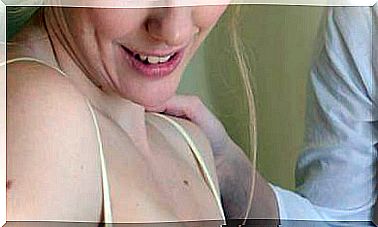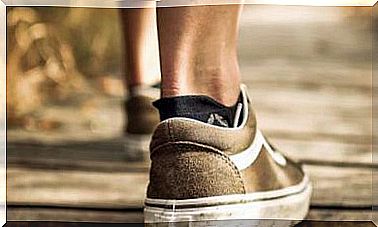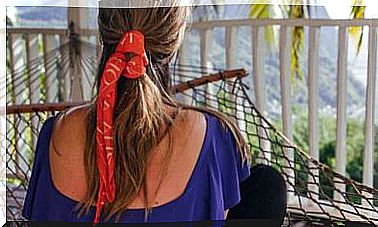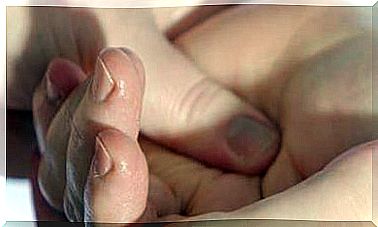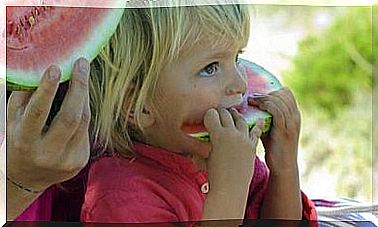What Symptoms Does An Autistic Child Have?
The term autism is used cheerfully, but not everything fits under this umbrella. Actually, in order to talk about autism, a child would have to meet a set of fairly well-described criteria.
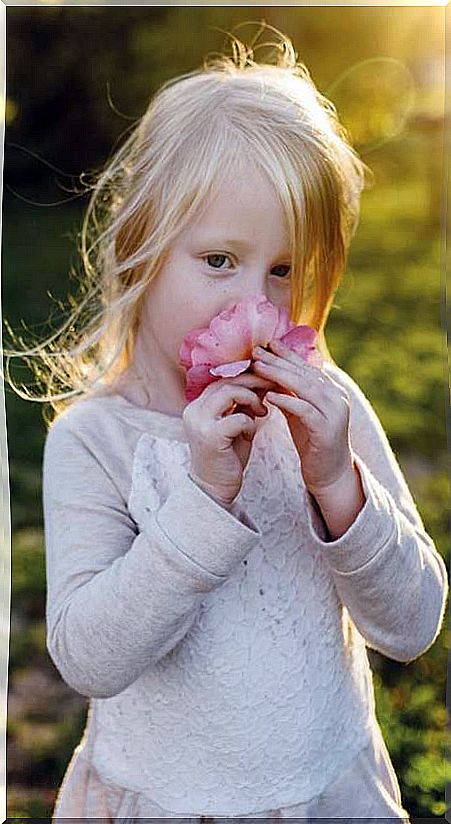
In Psychology and Psychiatry, the term autism was born to describe a relational dynamic, a way of relating to people with serious mental disorders and, in particular, with psychosis. I wanted to designate an excessive withdrawal on themselves, an extreme withdrawal from relationships with others and with the outside world of some of such people: it would be something like the communication that I do not want to communicate.
Later, in the 1930s, an Austro-Hungarian psychiatrist, Leo Kanner, described children dominated by this “symptom” and described what was later called Kanner’s “infantile autism”. Later, the biologistic, magnifying and stigmatizing tendencies of biocommercial psychiatry have led, increasingly, both professionals and the general population tend to identify autism – a way of trying not to relate, or to relate as little as possible, out of fear or lack of social skills – with that particular disorder, or “illness.” And today, to expand its use even more with the term ASD or Disorders of (a supposed) Autism Spectrum. But not everything fits under that umbrella.
Symptoms of autistic disorder
We must be clear that one can be quite autistic without ever having suffered from that specific psychopathological disorder that has been called autism or ASD. Actually, in order to talk about autism, or even ASD, a child would have to meet a series of criteria (quite well described by Kanner, Tustin, Meltzer, Schore or Acquarone and other researchers on the subject):
- They manifest alterations in social interaction. They do not maintain eye contact or avoid it, they do not smile after six months, they do not stretch their arms to be caught, they play only repetitive and stereotyped games, they react passively or with great irritability to the affective or bodily approach of others, they show very restricted and repetitive interests.
- They seem altered in their sensations. They have hypersensitivity to noise or “pseudo-ears”. They show apparent insensitivity to pain.
- They are very disturbed in their communication and language. They have language delays and do not indicate what they want or when they want something. They don’t understand jokes, symbols, or double meanings.
- They show repetitive and inflexible patterns of behavior. They present difficulties in self-regulation and alterations in basic eating, defecation or sleep habits. They make strange movements with their eyes and other tics, engage in repetitive psychomotor activities and self-stimulations, show excessive muscle stiffness or hypotonia, and reject physical contact with their caregivers.
All this, that is, these alterations in relationships, must occur over months or years and in such a marked and chronic way that they seriously alter family, school or social relationships, including neuropsychological and intellectual development.
The importance of an accurate diagnosis
Although the population or many professionals and scientists believe that autism and ASDs have only one basis (genetic brain and neurobiochemical alterations), that is not the case, far from it. When it is well diagnosed (and in many cases it is not), it is a disorder that can develop after months and years in which the child and his family have not been helped effectively. In the first place, they have not been helped to see the altered development of the relationships of that child, nor have they been helped to apply concrete measures to correct or improve this development by acting as soon as possible.
Therefore, from an up-to-date psychological and psychiatric perspective, we talk about risk factors and protective factors.
- Risk factors are those that facilitate or develop the disorder: some brain injuries and some diseases; gross negligence in parenting or lack of emotional care during it; families greatly overwhelmed by social, emotional, or grief pressures and recent losses or during pregnancy; major, persistent and chronic mistakes in baby care …
- The protective factors would be those that prevent or protect from the onset of this disorder: emotional support to mothers and fathers in vulnerable circumstances and, in general, to the comprehensive development of early childhood; psychoeducational supports for maternality and parenting; adapted and non-standardizing or impoverished schooling of means; well-trained, supervised and hopeful teachers and professionals, etc.
When these difficulties appear early, they lead to the more or less complete organization of a defensive bulwark of the most rigid and serious known, the autistic disorder, which some of us prefer to call the “adhesive-autistic relationship”, one of whose manifestations is autism as communication.
Autism is a serious disorder, which exists, although fortunately it is not very common. It is worth differentiating it from multisystemic disorders and generalized developmental disorders: “patterns of alteration in the development of relationships” that speak of altered systems, rather than a supposed unchangeable “global disease”.
Precisely because we know the severity and chronicity of some of these children, especially if one acts very late, precisely for that reason we should avoid speaking in such terms of children and families who have a much better chance of being helped, of evolving.
What care do autistic children need?
In general, in children with autism, as in children with any serious disorder of their integral development, it would be necessary to try to establish in them the neuropsychological capacities to integrate their emotions, relationships with others, social relationships, patterns of interests and broader behaviors … As can be understood, in all this, medication is not essential, except in acute and serious crisis situations.
The most important thing is a system of care that we, following the specialized Scandinavian authors, call “Care or Comprehensive Treatment Adapted to the needs of the family in the community”. It consists of various combinations of different forms of help adapted to each child and each family in their daily relationships, such as specific and specialized psychoeducational care:
- Individual and family psychotherapeutic help.
- Aids in psychomotor skills.
- Specialized cognitive-behavioral techniques, supported and well-equipped schooling, training and supervision, psychoeducational groups for children and family members, multi-family group.
- Appropriate specialized institutions.
- Therapeutic companions for pubescent and adolescents.
- Groups and activities of relationship and social participation.
- Integration of pharmacological help in psychosocial aids.
- Working “in a network” with the set of devices that always intervene with these children and their families.
- Devices for “open care” and “referral clinician” in some of these services.
- Socio-labor orientation.
- Treatments at home and “therapeutic companion” if necessary.
- “Soft” institutions for the occasional admission of these children and / or for rest and temporary “respite” for family caregivers, supervision of caregivers and therapists, dedicated therapists.
